Times change, and so do our social expectations. What was once considered perfectly normal behavior can suddenly seem outdated or even shocking to younger generations. The practices and attitudes that Baby Boomers grew up with—shaped by post-war optimism, traditional values, and different understandings of health, safety, and social relationships—have undergone significant reassessment in today’s world. Let’s take a nostalgic yet honest look at social norms from the Boomer era that might raise eyebrows today.
1. Children Roaming Freely Until Dark
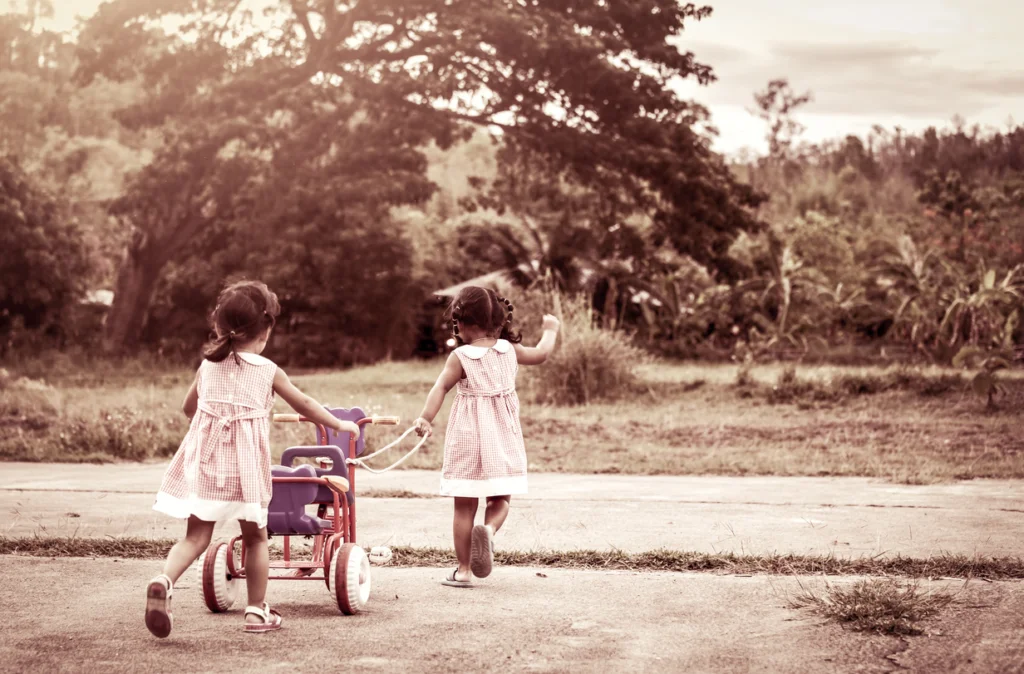
Remember when summer meant leaving the house after breakfast with nothing but a “be home by dinner” instruction from Mom? Kids would explore neighborhoods, ride bikes to friends’ houses miles away, and create adventures without constant parental supervision or tracking apps. Parents had no idea exactly where their children were for hours at a time and considered this completely normal. EcoPlay Structures stresses the continued importance of outdoor play in early development.
In today’s world of helicopter parenting and heightened safety concerns, allowing elementary school children to wander unsupervised from morning until sunset would likely prompt concerned neighbors to call Child Protective Services. Modern parents who attempt “free-range” parenting often face criticism or even legal challenges, despite research suggesting independent play benefits childhood development. The carefree mobility that defined many Boomer childhoods has been replaced by scheduled playdates, supervised activities, and parents who know their children’s whereabouts at all times.
2. Smoking Everywhere and Anywhere

Lighting up cigarettes in restaurants, offices, airplanes, hospital waiting rooms, and even during high school lunch breaks was simply part of everyday life for many Boomers. People smoked during business meetings, in college classrooms, and while grocery shopping, with ashtrays thoughtfully provided in nearly every public and private space imaginable. Gallup News reports that we may have reached a new low in smoking statistics in recent years.
Today’s smoke-free policies and the social stigma around tobacco use would make a time-traveling Boomer feel like a pariah for behaviors once considered completely unremarkable. The casual offer of “Would you like a cigarette?” that once opened conversations has been replaced with designated smoking areas hidden from public view and increasingly strict legislation. Even smoking in your own car might get disapproving glances if children or non-smoking passengers are present.
3. Hitchhiking as a Standard Mode of Transportation
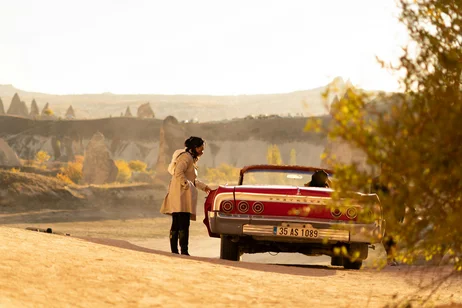
Thumbing a ride from strangers wasn’t just for the desperate or adventurous—it was a mainstream transportation method embraced by college students, travelers, and everyday people needing to get somewhere. Many Boomers have stories of cross-country hitchhiking adventures or regularly catching rides with unknown drivers simply to get to work or school. WBUR looks at hitchhiking as a means of viewing America.
The idea of deliberately getting into a stranger’s vehicle would today be met with horror by parents who warn their children about “stranger danger” from their earliest years. Even with the rise of rideshare services, we’ve created elaborate systems of driver verification, passenger ratings, and trip tracking to manage the anxiety around riding with someone unknown. The casual trust in community that enabled hitchhiking culture has been replaced by a more cautious approach to personal safety.
4. Drinking and Driving Without Serious Consequences
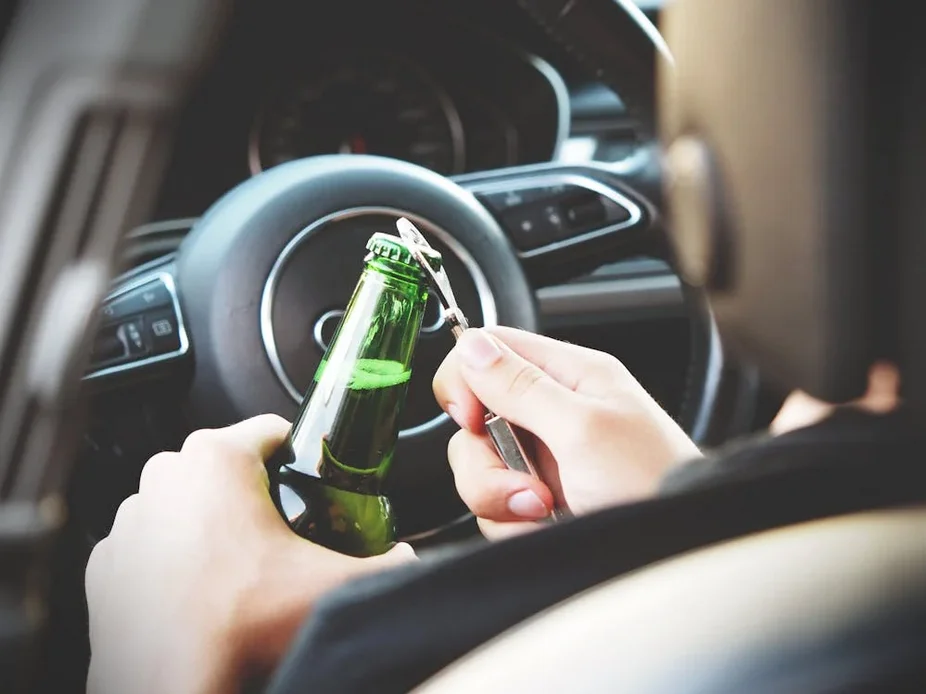
“One for the road” wasn’t just a saying but a common practice, with people regularly having a final drink before driving home from parties, restaurants, or bars. Open containers in vehicles were commonplace, and the designated driver concept wasn’t part of the social consciousness.
Modern attitudes toward impaired driving would make many Boomer-era behaviors not just socially unacceptable but criminal offenses carrying serious legal penalties. Today’s stricter blood alcohol limits, sobriety checkpoints, and severe consequences for DUI offenses reflect a dramatic shift in how we view the responsibility of drivers. The casual approach to drinking and driving has been replaced by zero-tolerance policies and social pressure to arrange alternative transportation after consuming alcohol.
5. Children in Car Seats? More Like Children Bouncing Around the Station Wagon
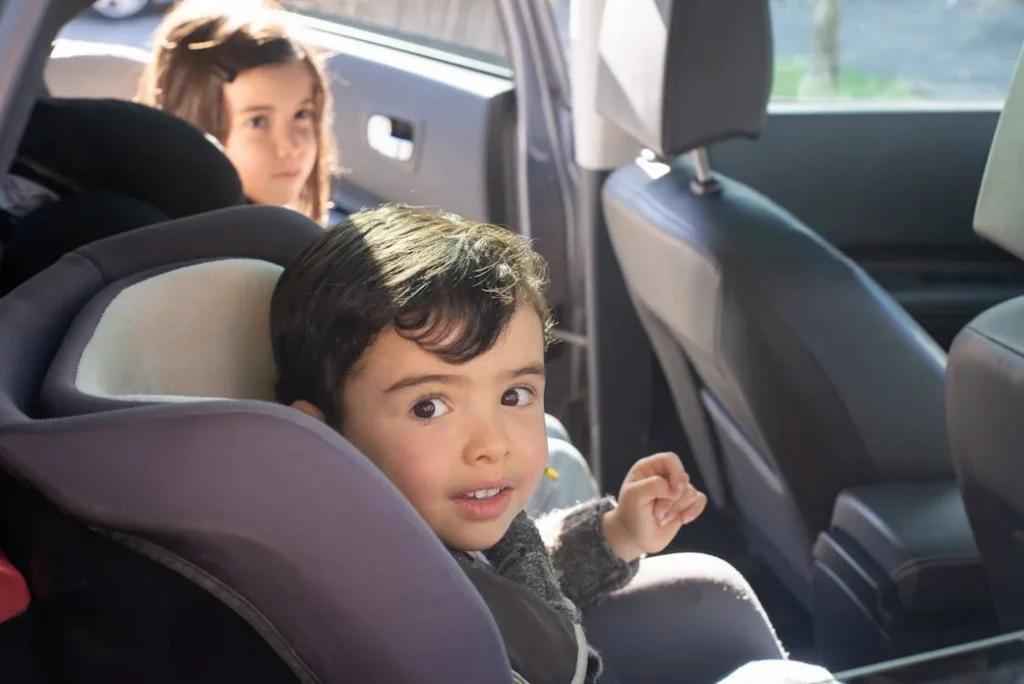
Kids piled into the “way back” of station wagons, sat on parents’ laps in the front seat, or stretched out across the rear window shelf during long road trips without anyone batting an eye. Seatbelts were optional accessories often tucked into seat crevices, unused and forgotten…if they existed at all.
The sight of an unbuckled child standing on a car seat or siblings bouncing around in the back of a moving vehicle would today prompt immediate concern and likely result in traffic stops with substantial fines. Modern parents navigate complex car seat laws that specify appropriate restraints based on age, height, and weight, while children remain in some form of car seat or booster until they’re nearly middle-school aged. The casual approach to automotive safety has been replaced by rigorously enforced standards and social expectations.
6. Casual Corporal Punishment at Home and School

The phrase “wait until your father gets home” carried real physical consequences in many Boomer households, where spanking, slapping, or using a belt for discipline was widely accepted. Teachers and principals could paddle misbehaving students, and other parents could discipline neighborhood children who acted up during play.
Physical punishment would today raise serious concerns about child welfare and possibly trigger involvement from school counselors or family services. Many schools have strictly prohibited corporal punishment, while parenting experts advocate for positive discipline approaches instead of physical consequences. The normalization of using physical force to correct children’s behavior has been replaced by emphasis on communication, natural consequences, and respect for children’s bodily autonomy.
7. Children Treated as “Mini Adults” in Medical Settings

Kids routinely went to doctor or dentist appointments alone, received serious medical news without parental buffers, and were expected to “be brave” during painful procedures without much emotional support. Parents might wait in the car during appointments or send children in with a note authorizing treatment.
Modern healthcare practices emphasize family-centered care, with parents present during examinations, procedures carefully explained at age-appropriate levels, and emotional support considered essential to medical treatment. The expectation that children should stoically endure medical interventions without complaint has been replaced by understanding of childhood anxiety and development of techniques to reduce trauma. A child undergoing medical treatment without a parent present would now be considered unusual or concerning.
8. Still Evolving Understanding of Emotional Wellbeing
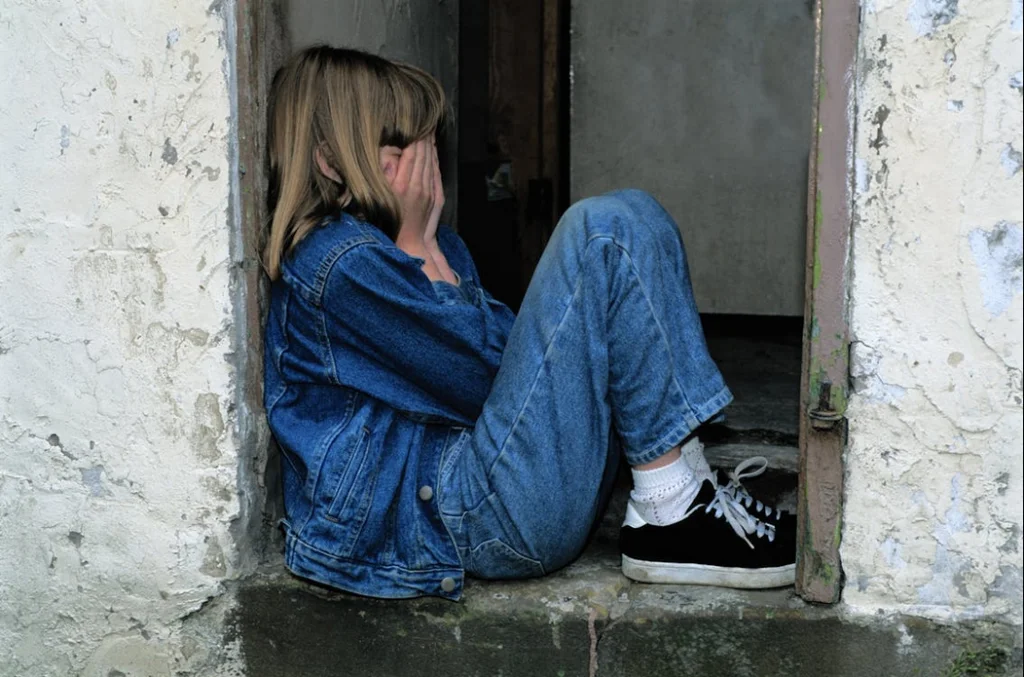
Previous generations admirably emphasized resilience, with phrases like “keep a stiff upper lip” and “count your blessings” offering practical wisdom for life’s challenges. People took pride in overcoming difficulties through determination and self-reliance, often finding strength in community connections and faith rather than professional intervention.
Today’s approach includes more conversation about internal emotional landscapes, with vocabulary for discussing personal struggles that wasn’t always available in earlier decades. Modern wellness encompasses both traditional strength and openness to seeking guidance when needed. What remains beautifully consistent is the human capacity for compassion and the importance of supporting one another through life’s inevitable difficulties.
9. Workplace Camaraderie… Then and Now

Office environments once featured more casual interactions, with particular brands of humor that blurred the lines in the sand more often than not. The lines between professional and personal often blurred, with the professional environment providing zero reason to filter any comments.
Contemporary workplaces establish clearer boundaries around professional interactions, with formal policies guiding appropriate conduct between colleagues. Modern office culture emphasizes creating environments where everyone feels respected and valued for their contributions. While the approach has evolved, the goal remains fostering positive, productive spaces where people can collaborate effectively.
10. The Evolution of Comedy and Conversation

Entertainment once brought families together around televisions to enjoy variety shows and sitcoms featuring humor that reflected the mainstream sensibilities of the time. Jokes and comedic characters often relied on recognizable stereotypes that audiences understood within their cultural context, without the analysis such portrayals would receive today.
Modern entertainment offers more diverse perspectives and characters, with comedy increasingly focused on shared human experiences rather than group differences. Contemporary conversations reflect greater awareness of how language shapes perceptions. What remains constant is our human desire to connect through humor and storytelling, even as the specifics of what we find amusing continues to evolve.
11. Changing Environmental Awareness

Earlier generations focused on addressing visible pollution problems, with anti-littering campaigns like the famous 1971 “Keep America Beautiful” public service announcement raising initial awareness about trash in public spaces. Environmental consciousness was just beginning to enter the mainstream, with the first Earth Day in 1970 marking a turning point in public attention.
Today’s approach to environmental stewardship includes more detailed sorting of materials and consideration of product lifecycles from manufacturing to disposal. Modern households navigate more complex systems for managing household waste, reflecting expanded understanding of environmental impacts. What began as simple “don’t be a litterbug” messaging has blossomed into more comprehensive approaches to caring for our shared natural resources.
12. Pressure to Conform to Rigid Life Timelines
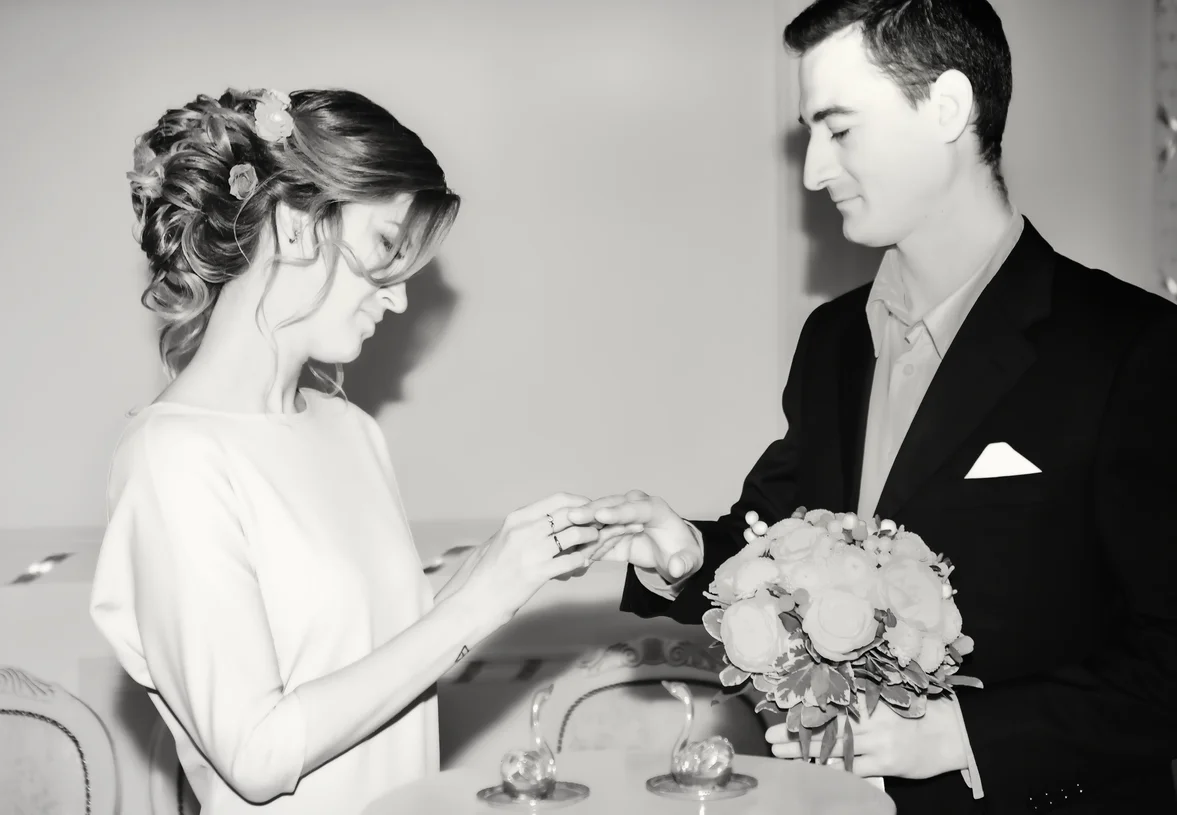
Young adults faced intense pressure to follow lockstep life paths: college, marriage by early 20s, homeownership, and children shortly thereafter. Deviations from this prescribed timeline often led to concerned questions, family interventions, or social isolation.
Today’s recognition of diverse life paths would make such rigid expectations seem unnecessarily limiting and outdated. Marriage ages have increased, many people choose not to have children, and career paths often include multiple changes and continued education throughout adulthood. The pressure to achieve specific life milestones by certain ages has been replaced by greater acceptance of individual choices and timelines.
While it’s easy to look back at these outdated social norms with judgment, it’s worth remembering that every generation’s behaviors exist within their historical and cultural context. The social standards we consider enlightened today will likely face similar scrutiny from future generations. Rather than simple criticism, these comparisons offer valuable perspective on how social values evolve over time, inviting us to consider which current practices might one day seem just as outdated. After all, the greatest wisdom may come from recognizing that change is the only constant in our social fabric—and remaining open to continual growth and reassessment of what we consider “normal.”


